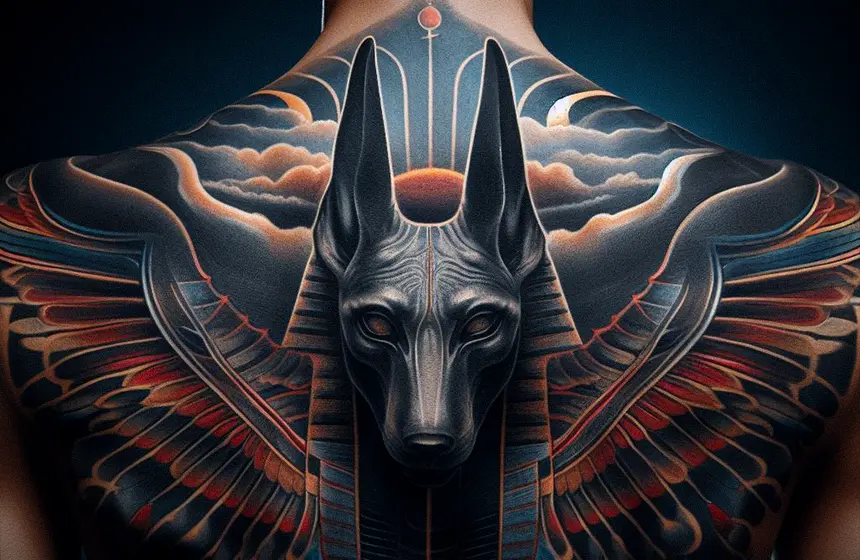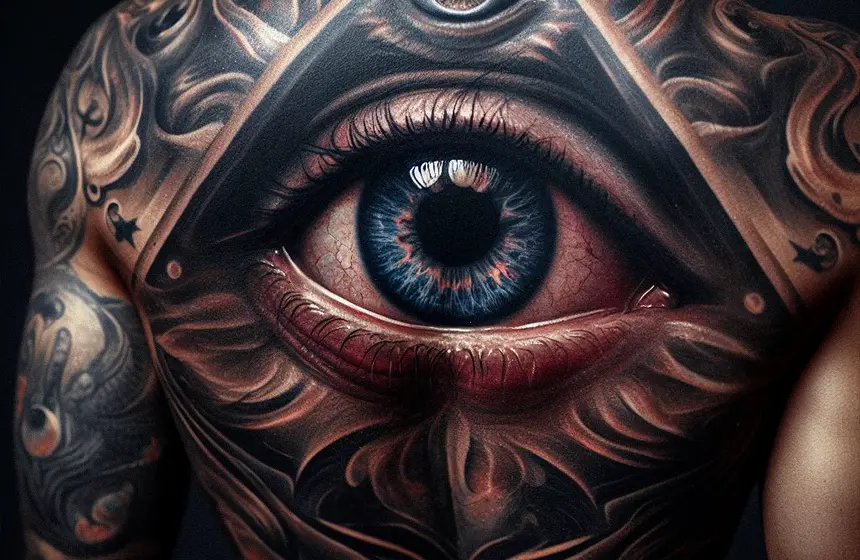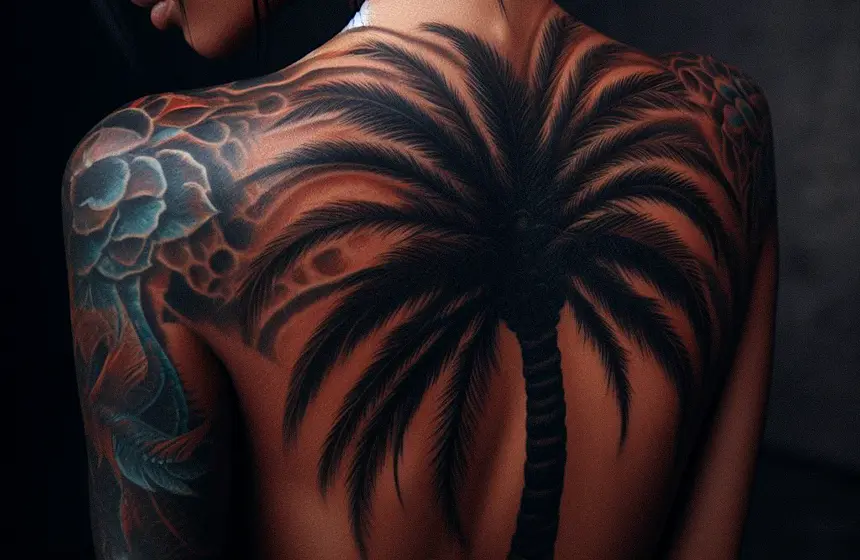You’re eyeing a chic behind-the-ear tattoo, but there’s a nagging question: ‘Do Behind the Ear Tattoos Hurt?’
We will explore the concept of pain, identify symptoms to look out for and discuss methods for managing it. Let me know if you want me to make any further changes.
We’ll also touch on infection risks and aftercare tips.
By the end, you’ll be well-informed and ready to take the plunge.
So, let’s decode the mystery, shall we?
Table of Contents
Key Takeaways
- The pain level for behind-the-ear tattoos is rated as 5+ on a 10-point scale, but not the most painful.
- Factors such as vibration, needle location, and emotional state can affect pain perception during behind-the-ear tattoos.
- The worst pain is over once the tattoo is finished, with mild symptoms expected for the first week.
- To minimize pain during behind-the-ear tattoos, it is recommended to choose an experienced artist, avoid alcohol, use relaxation techniques, stay hydrated, and have a light snack before the tattoo.
Understanding Tattoo Pain Levels
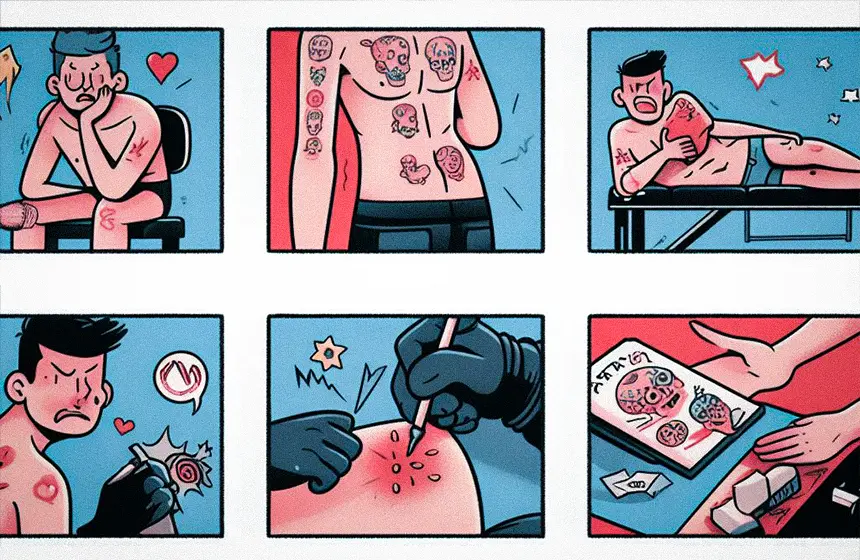
While you might be eager to get a behind-the-ear tattoo, it’s essential to understand that the pain level can be rated as 5+ on a 10-point scale. It’s not the most painful tattoo spot you could choose.
Various factors influence your experience of pain, such as vibration, needle placement, and emotional state.
Don’t worry too much – the peak of pain subsides once the tattoo is done, with only mild discomfort persisting for about a week.
It’s crucial to select an experienced artist and avoid alcohol to minimize pain. Staying hydrated, using relaxation techniques, and eating a light snack before your session can also make a difference.
Recognizing Problematic Symptoms
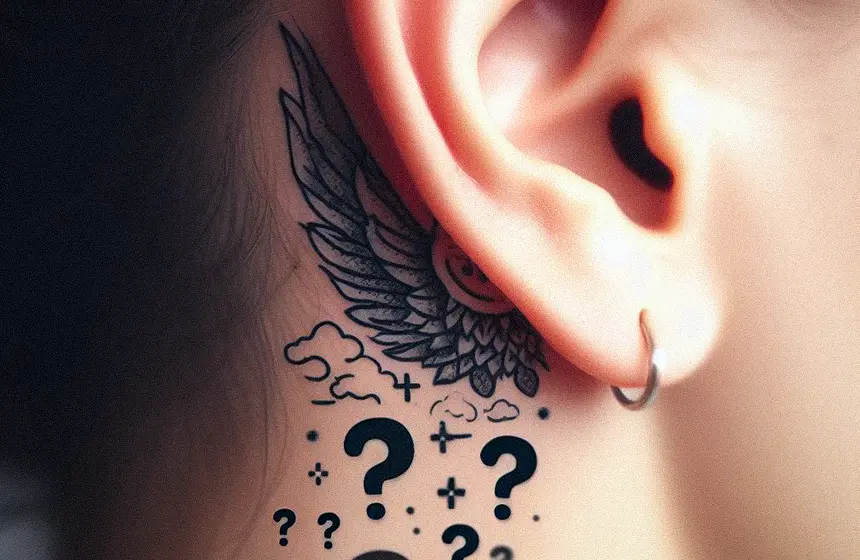
While getting a tattoo behind your ear, you should be watchful for specific problematic symptoms. Suppose you notice severe pain, escalating discomfort, or your skin becoming excessively red, swollen, or itchy. In that case, it’s time to be concerned.
These symptoms, especially when paired with fever or muscle aches, could be signs of an infection and warrant immediate medical attention.
Identifying Severe Pain Symptoms
After getting a behind-the-ear tattoo, you must know how to identify severe pain symptoms that could indicate a problem. Initially, you’ll experience discomfort. If the pain intensifies or persists beyond the first week, take it as a red flag.
Look out for redness, swelling, or itching around the tattoo area, which could be signs of an infection. If your skin feels hot, discharges a foul smell, or develops open sores, it’s time to seek medical attention. Other problematic symptoms include a fever or muscle aches.
Understanding Infection Indicators
With your new behind-the-ear tattoo, you must understand the signs of a potential infection. Should you notice persistent or worsening pain, excessive redness, swelling, or itching around the tattoo, it’s time to be alert.
Skin that feels unusually hot displays a foul-smelling discharge or develops open sores and warrants immediate medical attention. Along with these localized symptoms, systemic signs like fever or unexplained muscle aches also indicate trouble.
Remember, a tattoo should progressively heal, with discomfort subsiding over time. If your experience deviates from this norm, feel free to seek professional help.
After all, it’s not just about sporting a cool tattoo; it’s also about ensuring the process is safe and the outcome healthy.
Exploring Tattoo Fading Methods
You might find, over time, that your behind-the-ear tattoo isn’t as vibrant as it once was, and you’re considering various tattoo fading methods.
There’s laser removal, a popular choice due to its precision, yet it’s costly and can take multiple sessions.
Chemical peels and dermabrasion can also fade tattoos. Still, these methods tend to be more painful and invasive, risking skin damage.
Tattoo removal creams are convenient and less painful, though their efficacy varies.
Even natural home remedies exist, involving ingredients like lemon juice and salt, but they’re slow and unpredictable.
Each method carries risks – skin irritation, infection, or scarring.
Risks of Tattoo Infections
Despite taking precautions, there’s a chance your behind-the-ear tattoo might get infected, posing severe risks to your health. Remember, the skin behind your ear is thin and delicate, making it prone to irritation and infection. If you notice excessive redness, swelling, or a foul smell, it’s time to seek medical attention.
It’s also crucial to understand that your tattoo’s ink may contribute to infection risks. Due to a lack of regulation, some tattoo inks contain harmful substances that can provoke an adverse reaction. Therefore, always choose a reputable tattoo artist who uses high-quality, safe inks.
Lastly, make sure to take advantage of aftercare. Proper hygiene and care can significantly reduce your risk of infection, ensuring your new tattoo heals beautifully and safely.
Essential Aftercare Tips
Following your new behind-the-ear tattoo, it’s crucial to focus on aftercare to prevent infection and ensure the best possible healing process.
Here are some essential tips to guide you:
| Do’s | Don’ts |
|---|---|
| Clean the tattoo gently with non-scented, anti-bacterial soap. | Don’t expose your tattoo to direct sunlight; it can lead to fading and damage. |
| Use a thin layer of fragrance-free moisturizer to keep it hydrated. | Avoid swimming or soaking your tattoo in water for prolonged periods. |
| Always listen to your artist’s specific aftercare instructions. | Refrain from picking or scratching at the tattoo, even if it starts to peel or itch. |
Frequently Asked Questions
-
What Is the Typical Healing Time for a Behind the Ear Tattoo?
Typically, your behind-the-ear tattoo will heal in about 2-3 weeks. But it’s crucial to follow aftercare instructions for optimum healing. Everyone’s different so healing times can vary. Regular moisturizing can promote faster recovery.
-
Can Behind-the-Ear Tattoos Affect Hearing in Any Way?
No, behind-the-ear tattoos won’t affect your hearing. The ink’s applied to the skin’s surface is not deep enough to impact internal structures. So you can enjoy your ink without compromising your auditory abilities.
-
Are There Any Specific Designs or Styles That Are More Suited for Behind the Ear Tattoos?
Absolutely! Delicate, minimalist designs work great behind the ear. Think of tiny flowers, symbols, or initials. Intricate patterns can also look amazing, but remember, the area’s small, so keep it simple and innovative.
-
How Does Hair Growth Impact the Visibility and Maintenance of Behind the Ear Tattoos?
Hair growth can slightly obscure your behind-the-ear tattoo, but it’s easily maintained. Regular trims or styling keep it visible. However, excessive hair growth might require frequent touch-ups to keep the design vibrant.
-
Are There Any Considerations to Keep in Mind for People With Glasses or Hearing Aids Getting Behind Ear Tattoos?
Sure, you’ve to consider your glasses or hearing aids. They may rub against the tattoo during healing, causing discomfort. Also, they could obscure the design. It’s best to discuss this with your tattoo artist.
Conclusion
So, do behind the ear tattoos hurt?
Yes, but remember, everyone experiences pain differently. Watch for signs of infection and know the aftercare routine to ensure a smooth recovery.
Fading might occur, but there are methods to manage this. It’s your body, your art – make an informed choice.
With understanding and preparation, you can handle the journey of getting a behind-the-ear tattoo confidently. Remember, the result could be a unique piece of art worth the discomfort.

